China’s residential construction investment is growing at a rate of 7.1% a year, while non-residential construction investment is growing at 7.4% (this is the study of the Freedonia Group in Cleveland), the world’s most populous country, experiencing the largest scale in history. A grand architectural boom.
This phenomenon is extending beyond Beijing and Shanghai. The New York Times reported that even the lesser-known northern city of Harbin is busy focusing on building a new urban center. Although everything started from scratch, residential and commercial buildings quickly rose one after another on a 285-square-mile land.The Top 10 New Architectural Wonders In China are:
1.Commune(公社)
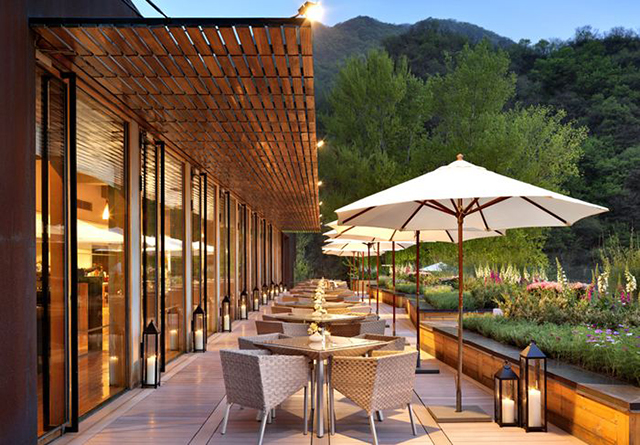
The first phase was completed in 2002, and the completion of the expansion in 2006, even if the “community” does not rely on the side of the ancient wonder of the Great Wall of China, she still does not reduce its own miracle. The houses here are designed by 12 of the top Asian architects. The creative person behind it is a couple of real estate developers, Zhang Xin and Pan Shiyi, who have a budget of $1 million for each building. The Japanese architect Yan Mao, who made a name for himself in the design of the Kobe Earthquake Shelter, designed the “furniture house” inside. The material is the plywood that is usually used for component furniture. Chinese designer Zhang Yonghe designed the split-shaped “home house”. A box-shaped square house, divided into two from the middle, and then spread like a fan.
The commune at the foot of the Great Wall is owned by Kempinski, a German luxury hotel group, and operates as a luxury hotel. Kempinski is responsible for future expansion and will have 21 houses (some of which are imitations of existing houses). However, the walking lanes in the “Community” will remain intact, which was passed down by the Great Wall and never moved.
2.Capital Airport(首都机场)
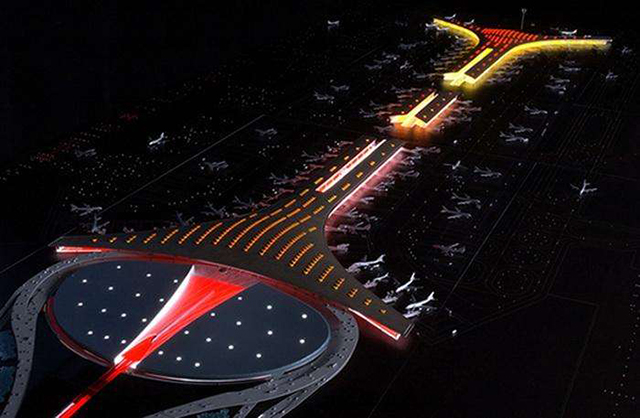
Foster & Partners, completed at the end of 2007. The US Embassy in China revealed that during the period 2004-2009, China will build 108 new airports, including the world’s largest Beijing International Airport, designed by Foster and Partners. The new airport terminal will be opened at the end of 2007 before the 2008 Beijing Olympics, covering an area of over 1 million square meters, larger than the Pentagon.
According to the design, the new airport can accommodate 43 million passengers per year when it is first opened. By 2015, it will reach 55 million passengers. According to the statistics of the International Airport Association (ACI) in 2004, this figure is likely to make Beijing. The airport has become one of the top 10 airports with the largest passenger traffic in the world. Faced with such a large scale and passenger flow, Foster Partnership is very concerned about the feelings of passengers in the design. For example, it must be ensured that the distance that passengers must walk is not too long.
Forster has designed Hong Kong’s super-large Chek Lap Kok International Airport. As a reference, the Beijing Airport Terminal, which is structurally extended, will have only one roof. In order to help passengers identify the various parts in such a large space, the skylight casts yellow or red light on the walls of each part – a rather delicate but creative pointing system. Architects have always considered sustainability: an environmental control system will reduce carbon emissions, and the skylights will open in the north-south direction, reducing sun exposure and keeping the entire building cool.
3.Shanghai World Financial Center Building(上海世界金融中心大厦)
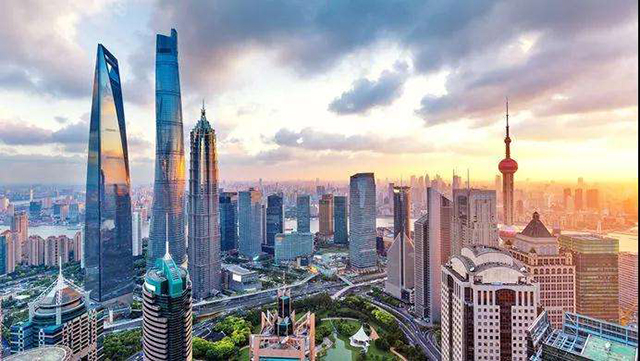
Shanghai World Financial Center Building, Design: Kohn Pedersen Fox Architects, completed in 2008. Shanghai Global Financial Center is located in the Lujiazui financial district of Pudong, not overlooking the tall buildings in the tall buildings. This elegant 101-story skyscraper will be (at least temporarily) the tallest building in the world when it is completed in early 2008.
One of the biggest difficulties in building a high-rise building is that the structure of the building should be able to withstand the wind. The architects solved this problem with their own ideas and prepared to add a square design to the roof to reduce the wind. This open area will not only help the building to reduce the amplitude of the swing, it will itself become the world’s tallest room appearance platform – standing on the 100th floor, never had the height, will make you unconsciously dizzy .
4.Water Cube(水立方)
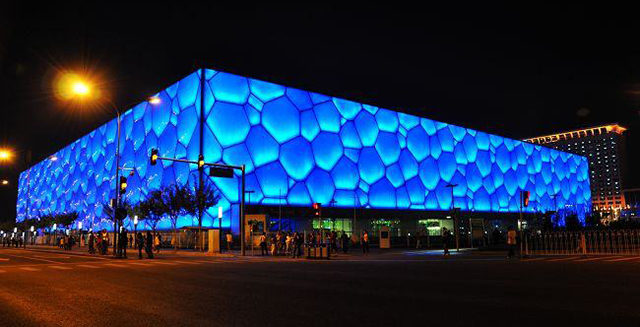
Designed by PTW and Ove Arup, it was completed before the 2008 Olympics. The National Aquatics Center, which is known as the “Water Cube”, is under construction and will serve the 2008 Beijing Olympics. Her appearance is very powerful, and the lightweight Teflon board transforms the building into an energy-efficient greenhouse. surroundings. Solar energy will also be used to heat the water in the pool, so that the pool water that has been filtered and washed back twice can be reused. In the past, this water was generally thrown away as waste water.
The excess rainwater is also collected and stored in the groundwater tank, which is then filled into the pool. The undulating outer frame creates a foam-shaped exterior landscape. This is a very complex engineering system. Its theoretical basis is the study of the structural characteristics of soap bubbles by two physicists at Trinity College Dublin. This unique structure can help the building resist the destruction of almost any kind of earthquake.
5.CCTV Building(中央电视台总部大楼)
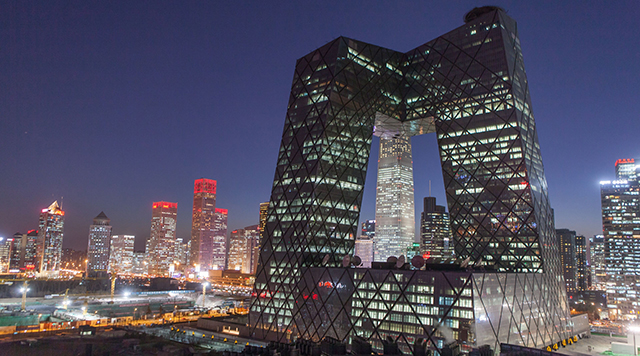
OMA/Ole Scheeren (Netherlands Metropolitan Architects / Ole Sherman) and Rem Koolhaas, completed in 2008.
The design of the new CCTV headquarters building subverts the concept of skyscrapers in people’s minds – and because it violates Beijing’s building regulations, it must be approved by a special review team. This group of two sloping high-rise buildings does not have a standard system of load-bearing and lateral loads for construction projects. Each seat has a 90-degree inclination at the top and bottom to form a continuous loop.
The solution proposed by the engineer is to create a “tubular” support. This irregular “slanted rib frame” embodies the force distribution of the tubular support. Designed by Rem Koolhaas and Ole Sherman, the new CCTV building, designed by Arup, redefines the concept of skyscrapers.
6.MOMA Linked Hybrid(北京当代MOMA)
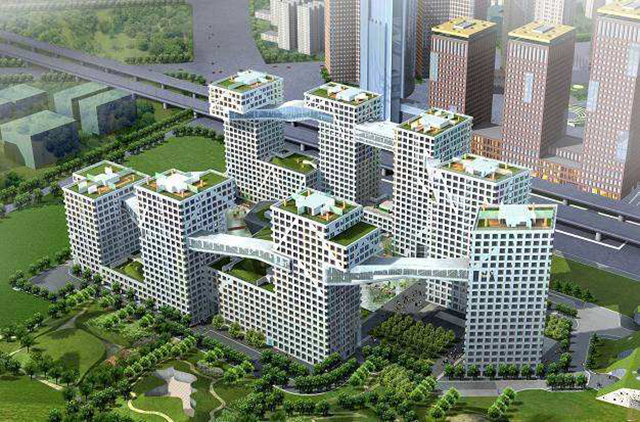
Beijing Contemporary MOMA (LINKED HYBRID), design: Steven Holl Architects Li Hu, lead architect, started on December 28, 2005 and completed in 2008.
Contemporary MOMA will provide 700 apartments for 2,500 people, covering an area of 1.6 million square feet, making it a model for large sustainable homes. The world’s largest geothermal cooling and heating system will allow this eight-story building to maintain a constant temperature. On the twentieth floor of each building, there will be small restaurants, dry cleaners and other service centers connected to each other. A “circle” that connects the eight buildings together. A set of double tubes draws water from the ground 100 meters and circulates between floors.
Effect: This water circulation system is a large radiator in winter and a cooling system in summer. No boiler heating, no air conditioning to cool. Waste water recycling is another feature that filters the wastewater from the kitchen sink and washbasin and takes it to the bathroom.
7.Dongtan Eco City(上海崇明东滩生态城)
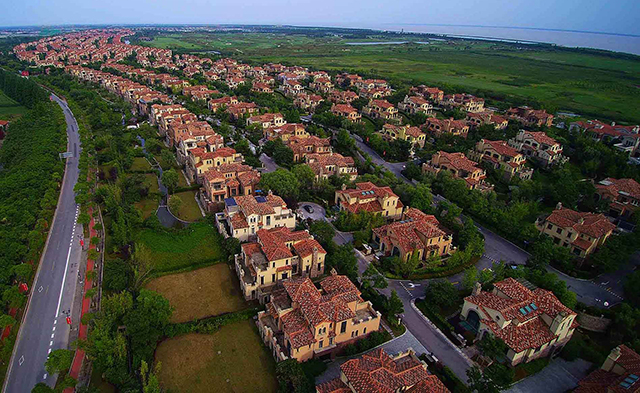
Dong Chongming Dongtan Eco City, master plan: Arup, completed in 2010.
Arup design, the developer is Shanghai Shangshi Group. The first phase of the Dongtan Eco-City, developed by Shanghai Shangshi Group in 2010, is not far from Manhattan. After completion in 2040, it will become the world’s first fully sustainable international city. Like Manhattan, she is also located on an island – Chongming Island, China’s third largest island. Dongtan on the Yangtze River is just a stone’s throw from the bustling Shanghai city.
Before the opening of the 2010 Shanghai World Expo, the first phase of the Eco-City project will be completed and will be a warm home for 50,000 residents and a sustainable home. The goals to be completed in the next five years are: water purification facilities, waste management and renewable energy use. The road infrastructure will connect this area, which was originally farmland, to Shanghai.
8.National Stadium(鸟巢)
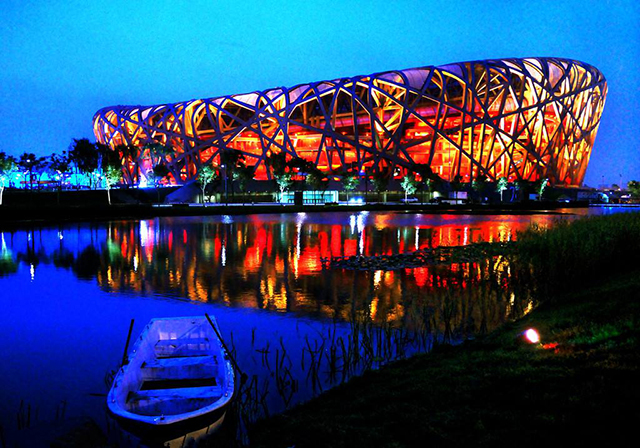
National Stadium(Bird’s Nest), Design: Herzog & de Meuron
Herzog and De Meuron, the design of the completed sports venue in 2008, has always followed the ancient wonders of the ancient world – the ancient Roman round arena. The Beijing National Stadium, designed by Herzog and De Meuron, attempts to transform the structure of the classic stadium to accommodate an ecologically conscious era.
The two Swiss architects (the Tate Modern Museum are their famous works) envision a naturally airy building with 91,000 seats – perhaps the largest “eco-friendly” stadium to date. In order to achieve this goal, they began to create a building that was not well-encased but still functioning, but still sheltered the audience and athletes from the rain.
In order to solve these design difficulties, they observe nature and seek inspiration. The exterior mesh of the venue is vertical and horizontal, and looks like a nest that is carefully built with trunks and branches. Each separate space in the venue, from the bathroom to the restaurant, is used as an independent unit, covered in lattices – the entire building is covered in an open grid for natural ventilation. The architect also used a layer of translucent film to cover any gap in the criss-crossed facade.
9.Donghai Bridge(东海大桥)
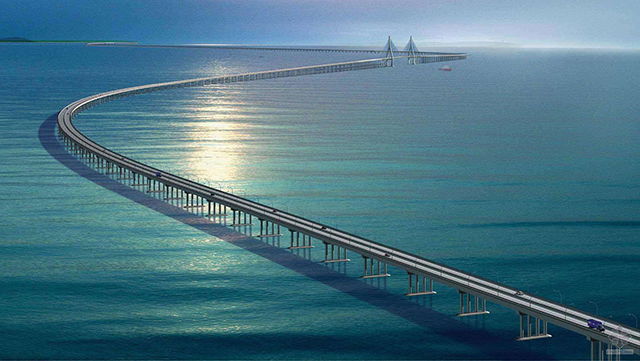
China Railway Bridge Bureau Group, Shanghai Second Construction Engineering Company, Shanghai Urban Construction Group. It was officially opened in December 2005.
The most critical first phase of the world’s largest deep-water port was completed, at the time when China’s first sea-crossing bridge, the 20-mile-long, six-lane Donghai Bridge, was officially opened, it was December 2005. . This cable-stayed bridge spanning the East China Sea connects Shanghai and Yangshan Island. By the time it is completed in 2010, Shanghai will become China’s first free trade port (and the world’s largest container port).
To ensure safe driving during typhoons and large waves, the Donghai Bridge is designed in an S shape. According to the Shanghai Daily, the cost of building a bridge has reached 1.2 billion US dollars. This bridge will become the most in China – and one of the longest cross-sea bridges in the world, but this champion can also be maintained for several years until 2008. In the year, with Shanghai as the starting point (or the end point, depending on your journey), the nearly 22-mile-long Hangzhou Bay Bridge will replace it as the new one.
10.National Theatre(国家大剧院)
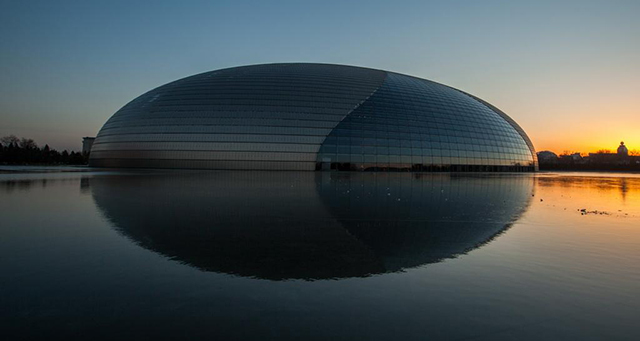
Design: Paul Andreu and ADP.
The National Grand Theatre is close to Tiananmen Square and covers an area of 490,485 square feet. It is a glass and titanium structure. It is scheduled to open in 2008 and looks like it floats on an artificial lake. This building, which is very striking in the busy avenues and ancient buildings of the Chinese capital, has attracted the bad comments of the Beijing citizens, because of the surrounding classic buildings, such as the Monument to the People’s Heroes (established for the revolutionary martyrs), the huge Great Hall of the People. , or Tiananmen Gate, etc., is so out of place.
Around the French architect Paul Andrew, there has always been no shortage of controversy – or, no shortage of new ideas. In the previous generation, in 1974, he designed Paris Charles de Gaulle International Airport, because of the unconventional law, made an unusual wave shape, it was criticized, but Andrew had no ancient architecture, and later was considered to make the Charles de Gaulle country more Among the airports of Europeanization and internationalization, they stand out from the crowd and stand out from the crowd. (The 2E terminal of Charles de Gaulle Airport, also designed by Andrew, caused concern in 2004 due to a collapse accident and four people were killed in the accident.)
Beijing’s well-designed National Grand Theatre is as exciting as the big show that will be there, there will be a 2,416-seat theater, a 2,017-seat concert hall, and a 1,040-seat theater. When night falls, its translucent outer shell will allow past pedestrians to see the repertoire in the three auditoriums, which reflects the public nature of the building.